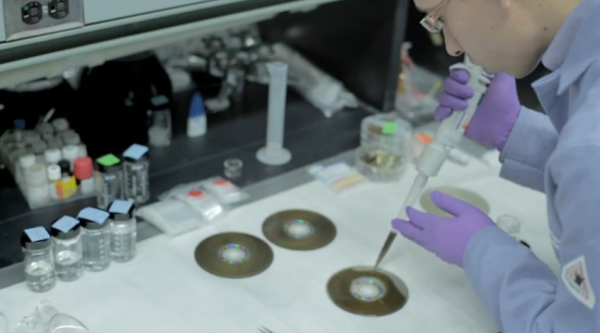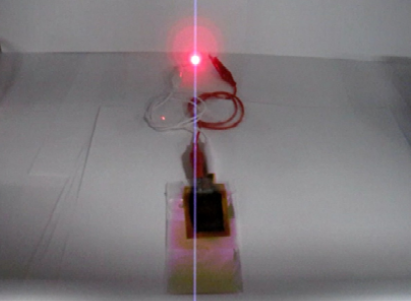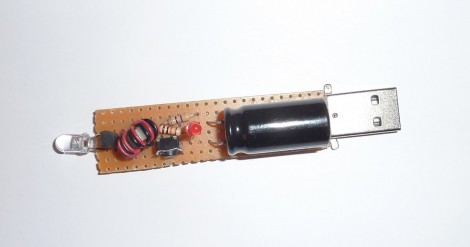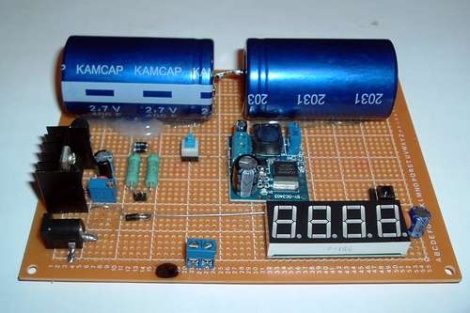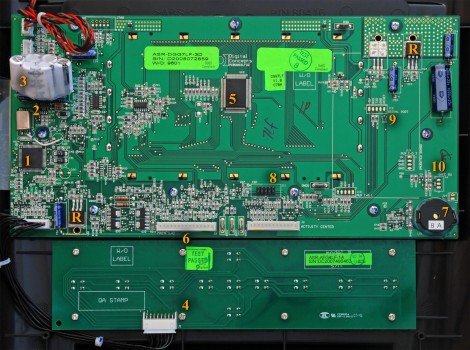
[Caleb] was given a tiny LED flashlight which has a crank used to charge it. Unfortunately it wasn’t holding a charge, and constant cranking didn’t work very well either. He cracked it open to find a single lithium button cell. Instead of using a drop-in replacement he soldered in his own super capacitor.
The stock device is remarkably simple. It uses a standard DC motor as the generator. It’s connected to the crank using a set of gears, with the two red wires seen above connecting it to the control board. Four diodes make up a bridge rectified and apparently feed directly into the battery. No wonder that cell went kaput!
But this orientation isn’t bad for using capacitors. They can be charged directly and the switch which attaches the LEDs to voltage doesn’t interfere with their operation. The last problem was making room for them in the case. [Caleb] considered a few different approaches, but ended up just heating the plastic enclosure until it could be deformed to make room for the additional parts.

